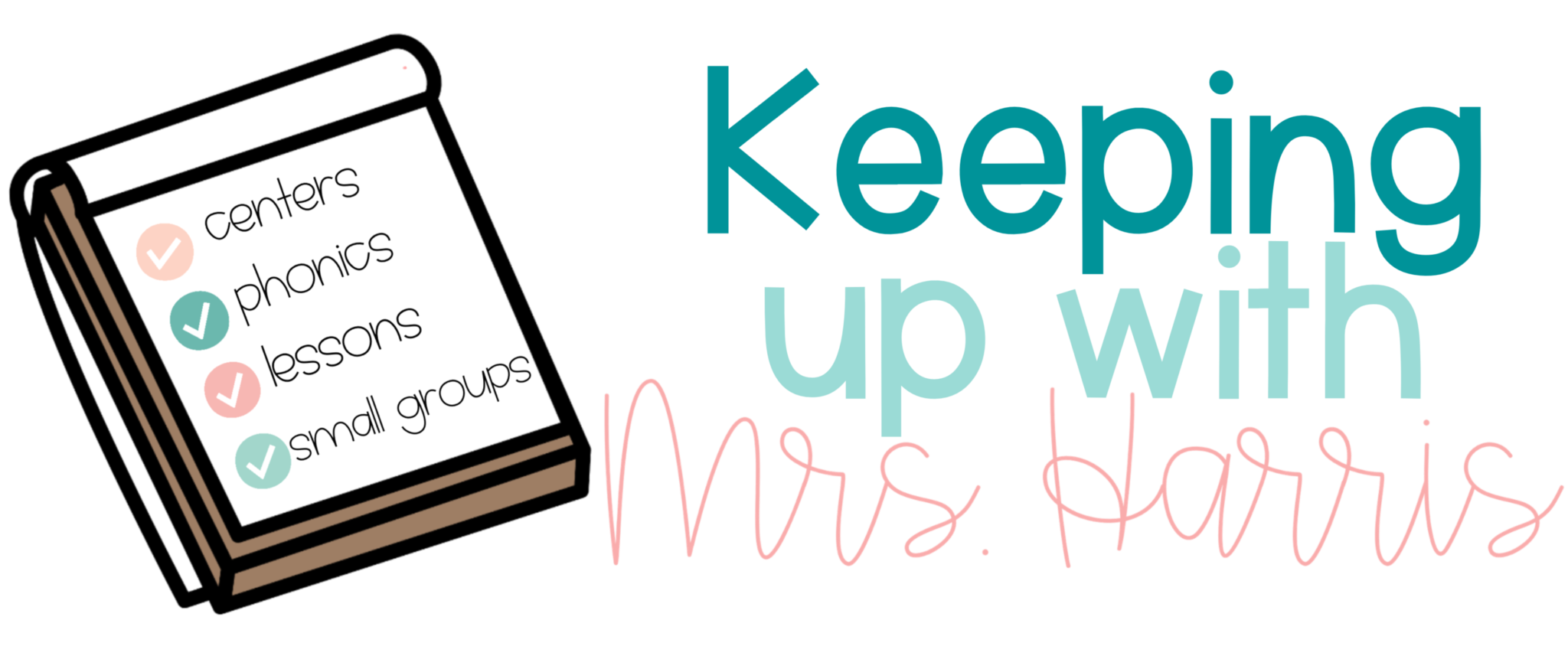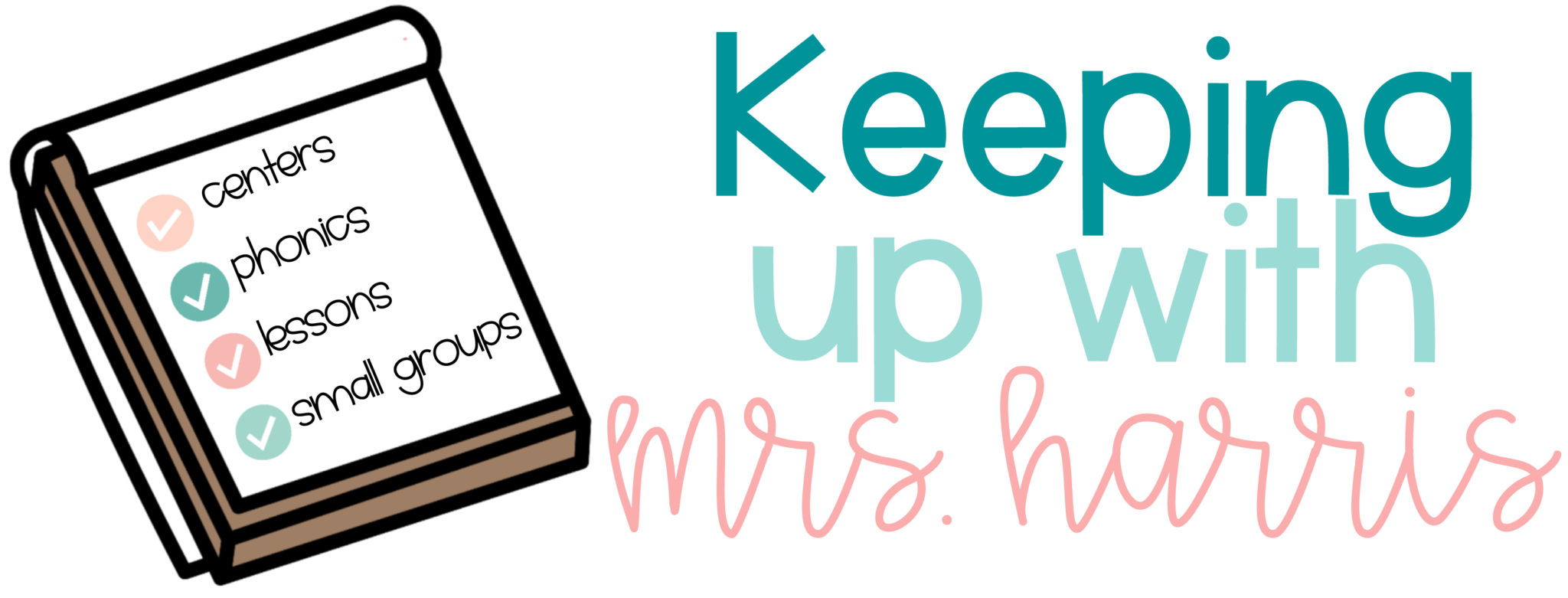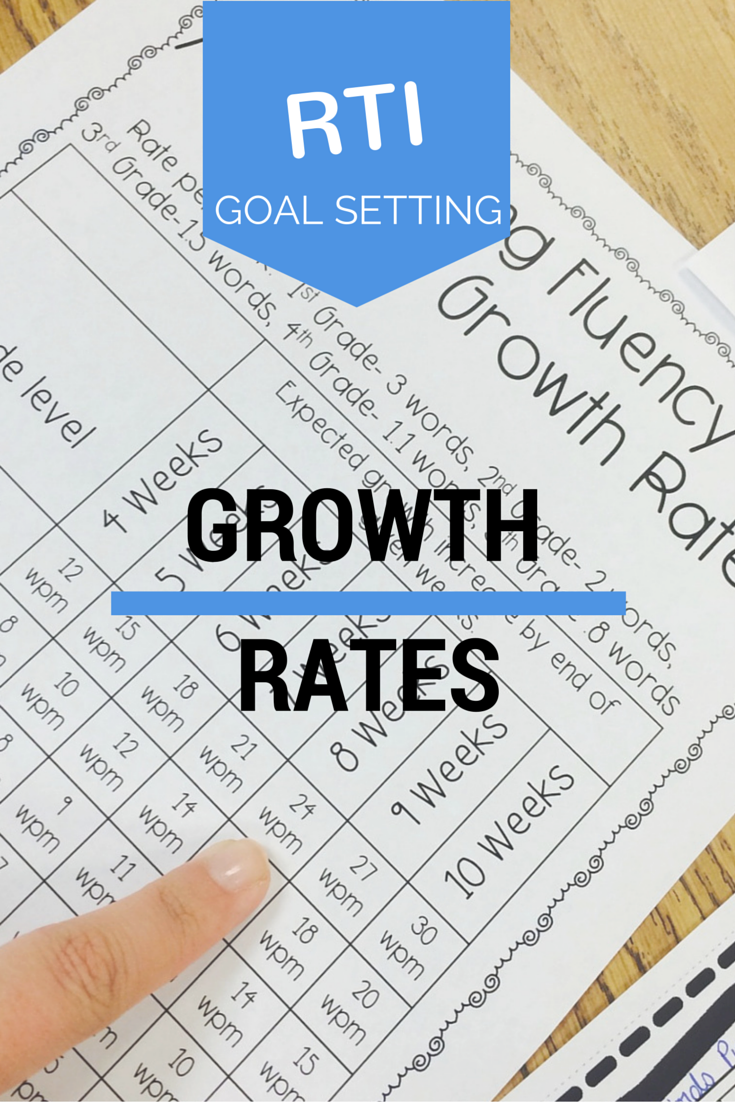What is realistic and ambitious growth rates? What is the difference?
How do you find the ambitious growth rates for students?
I researched and tried to find consistent rates for all the following areas:

How do you use growth rates to set student growth goals?




22 letters in a minute + 9 = a goal of 31 letters in a minute







8 Comments
Great Post!! I love how you showed all the examples! Thanks for sharing!
Thanks Laura for the compliment and for visiting!
I wish I found your blog sooner. I’m going to use the probes from the free resource you suggested but if I am testing every other week should I use a different probe, or use the same one for a couple tests? Right now we test with Read Well and I’m setting goals based of that but the complexity and timings change so it’s hard to set consistent goals!
It is best Michelle to use a cold read (new passage) each time you progress monitor. That really gives you a good idea of how their fluency has been impacted without the student just memorizing the same text.
Hi there,
This is extremely helpful. Out of curiosity – how did you come up with these numbers? Thanks!
Suzanne
Reading Specialist
Philadelphia, PA
Hi there,
This is extremely helpful. Out of curiosity – how did you come up with/figure out these numbers? Thanks!
Suzanne
Reading Specialist
Philadelphia, PA
Hi! You can google Ambitious Growth Rates and find a ton of rates based on research from different universities. I just used the rates to calculate the growth overtime to set goals by 🙂
Comments are closed.